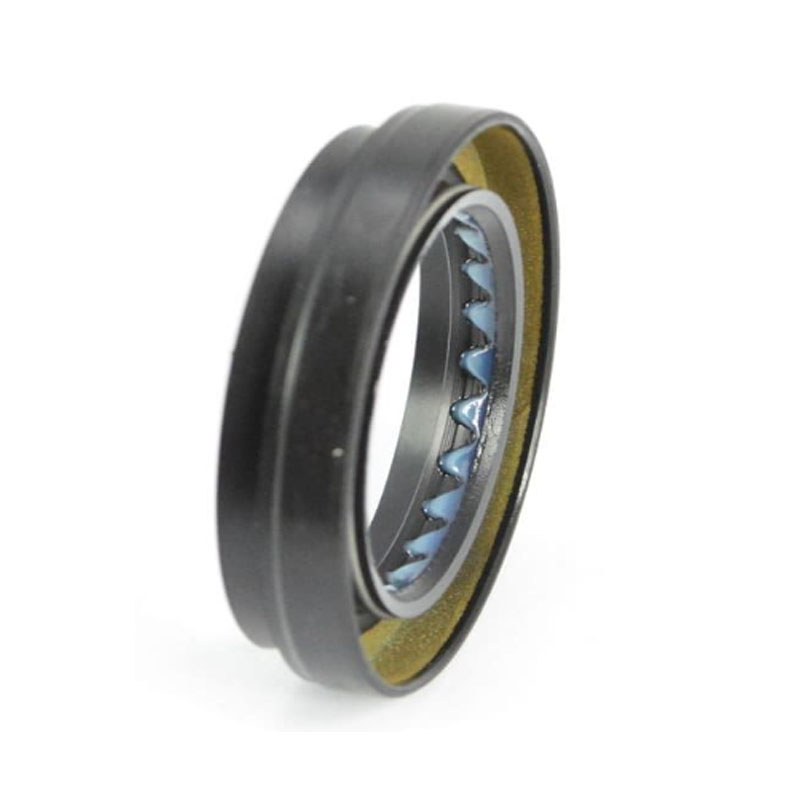Exploring Various Flat Rubber Gasket Material Options for Enhanced Sealing Performance and Durability
Flat Rubber Gasket Material An Essential Component in Engineering and Manufacturing
Flat rubber gaskets are versatile and essential components utilized across diverse industries, including automotive, aerospace, manufacturing, plumbing, and more. These flat seals serve primarily to prevent leaks and provide a tight barrier between two surfaces, ensuring the optimal performance and longevity of machinery and equipment.
Materials and Properties
When discussing flat rubber gasket materials, several types of rubber come to mind, each possessing unique properties that make them suitable for various applications. The most common materials include neoprene, EPDM (ethylene propylene diene monomer), nitrile rubber (NBR), and silicone rubber.
1. Neoprene Known for its excellent weather resistance and flexibility, neoprene can withstand a broad temperature range. It is ideal for applications where exposure to the elements or chemicals is a concern. Neoprene gaskets are used in automotive seals, plumbing applications, and in environments where reliable performance is critical.
2. EPDM This synthetic rubber is renowned for its outstanding resistance to heat, ozone, and aging. EPDM gaskets are particularly useful in outdoor applications or where exposure to water or steam is common. They maintain flexibility in extreme temperatures, making them suitable for automotive cooling systems and exterior weather seals.
3. Nitrile Rubber (NBR) Known for its excellent oil resistance, NBR gaskets are commonly found in applications where oil, fuels, and hydraulic fluids are present. They are frequently used in the automotive industry for engine seals and gaskets, effectively keeping corrosive substances at bay.
4. Silicone Rubber Silicone gaskets offer exceptional temperature resistance, making them perfect for high-heat applications like cooking equipment or ovens. Additionally, silicone materials are flexible and compressible, providing a reliable seal that can withstand various environmental stresses.
flat rubber gasket material

Manufacturing Processes
The production of flat rubber gaskets typically involves molding techniques, where rubber is shaped into flat sheets or cut into specific designs using die-cutting. The manufacturing process is crucial as it determines the overall quality and performance of the gasket. Advanced technologies, such as injection molding and compression molding, enable manufacturers to produce gaskets with precise tolerances and complexities, catering to specific customer requirements.
In addition to individual customization, many manufacturers also provide gaskets in standard sizes, making it easier for businesses to find the right fit for their applications without the need for extensive lead times.
Applications and Importance
Flat rubber gaskets play a critical role in ensuring the efficiency and reliability of machinery. In automotive applications, they help prevent leaks of fluids such as oil and coolant, which are essential for maintaining engine performance. In plumbing, gaskets are used in fittings and joints to prevent water leaks, reducing the risk of water damage.
Moreover, the use of flat rubber gaskets can significantly contribute to energy efficiency. By ensuring that systems are sealed properly, energy loss can be minimized, which is particularly important in HVAC systems where temperature control is crucial.
Conclusion
In conclusion, flat rubber gasket materials are indispensable in various sectors due to their ability to provide an effective sealing solution. With multiple types of rubber available, each offering distinct advantages, industries can choose the most suitable material for their specific needs. As technology and production methods continue to evolve, the importance and application of flat rubber gaskets will undoubtedly expand, further enhancing their role in engineering and manufacturing processes.
-
Understanding the Importance of the Crankshaft Oil Seal in Engine Performance
News Jun.16,2025
-
The Unsung Heroes of Engine Protection: Understanding Automotive Shaft Seals and Oil Seals
News Jun.16,2025
-
Keeping the Engine Tight: The Role of Crankshaft Seals and Gaskets in Oil Control
News Jun.16,2025
-
Complete Protection in Harsh Conditions: A Deep Dive into Cassette Seals
News Jun.16,2025
-
Choosing the Right Oil Seal: A Guide to Trusted Brands and Suppliers
News Jun.16,2025
-
Advanced Sealing Technologies: Exploring the Range of Modern Oil Seals
News Jun.16,2025
-
Your Essential Guide to Car Repair Kits: From Rust to Dings
News Jun.13,2025
Products categories















